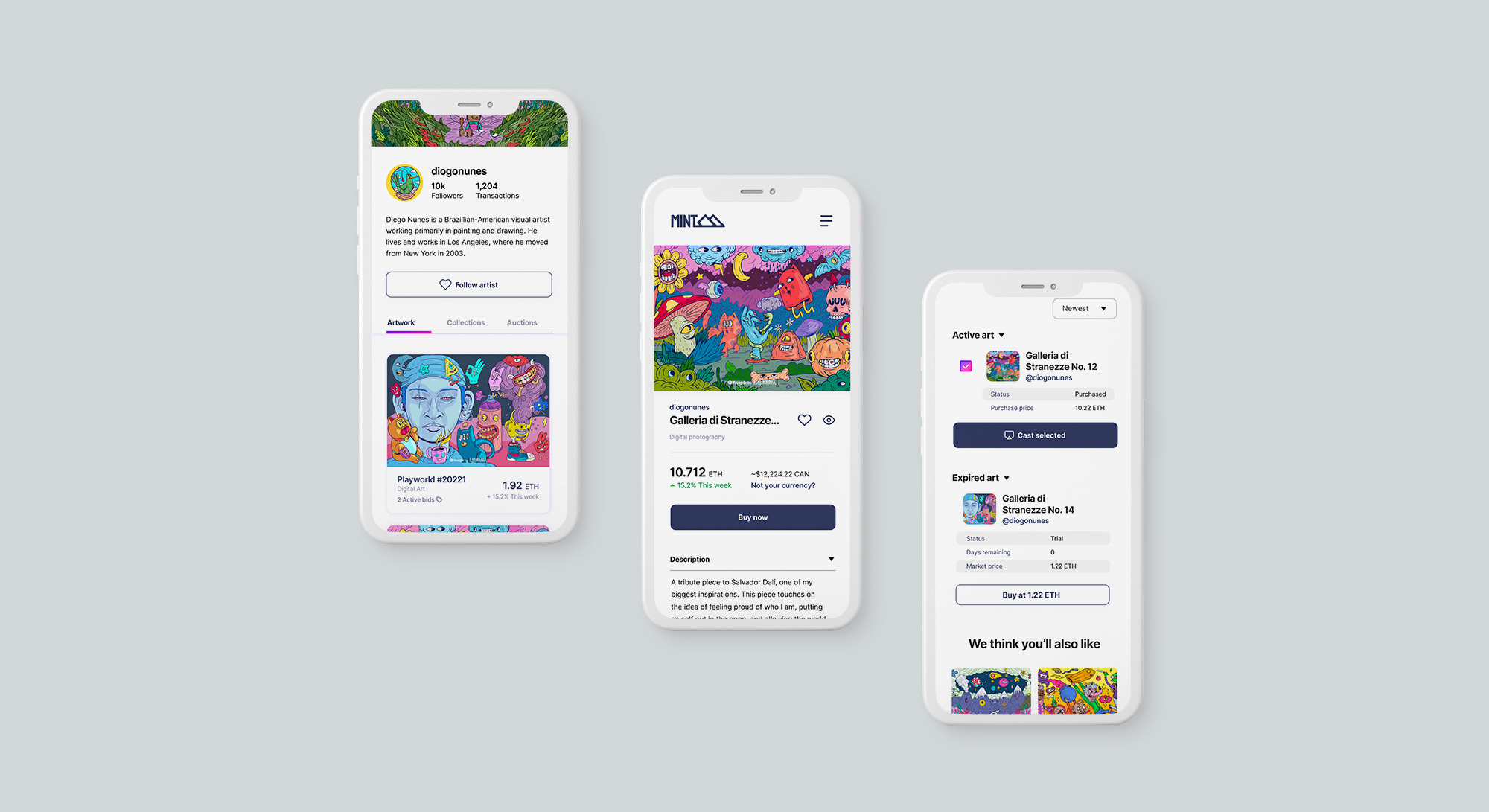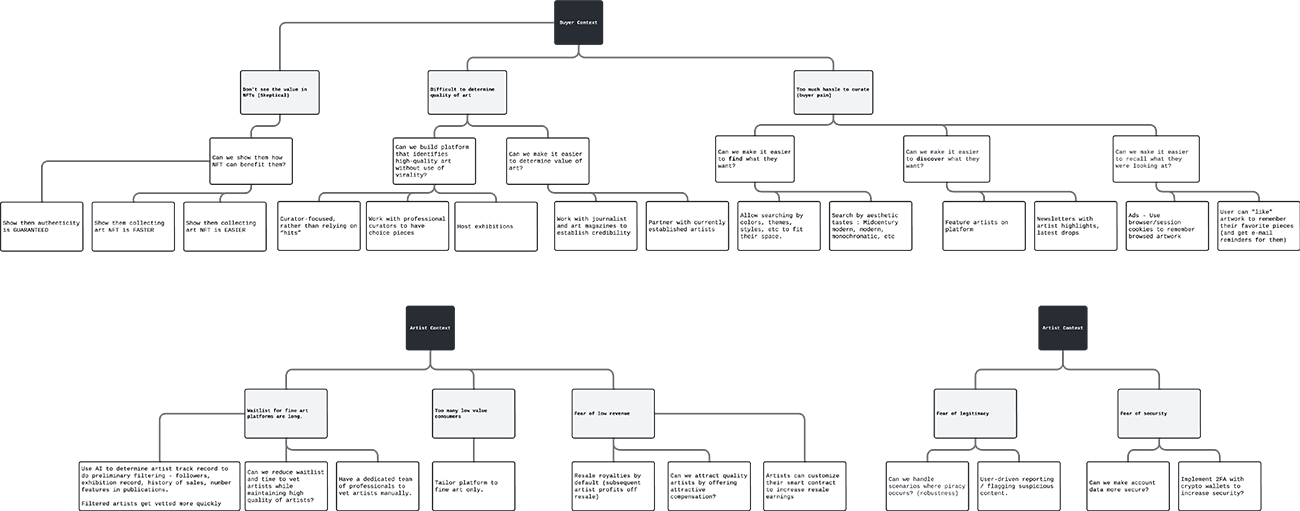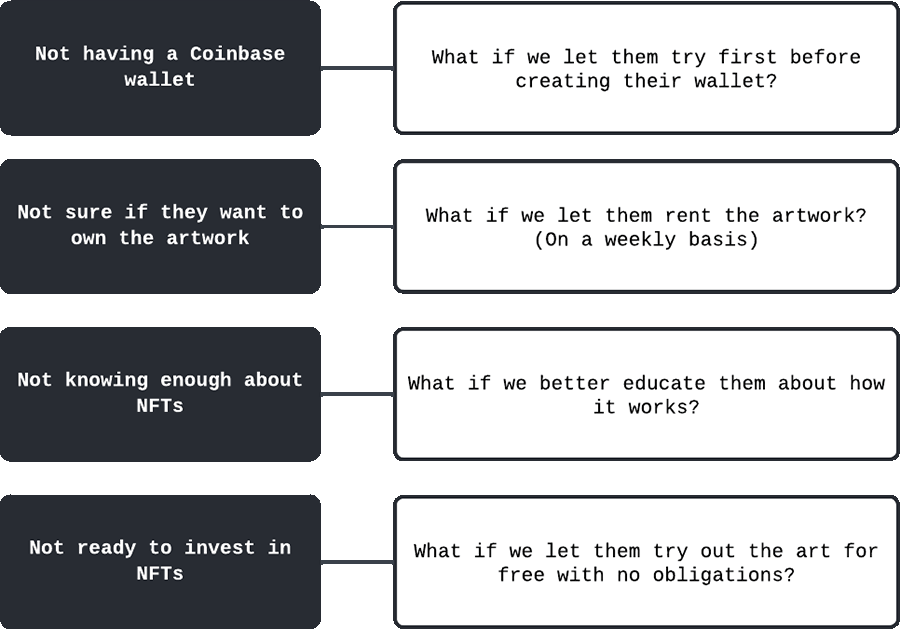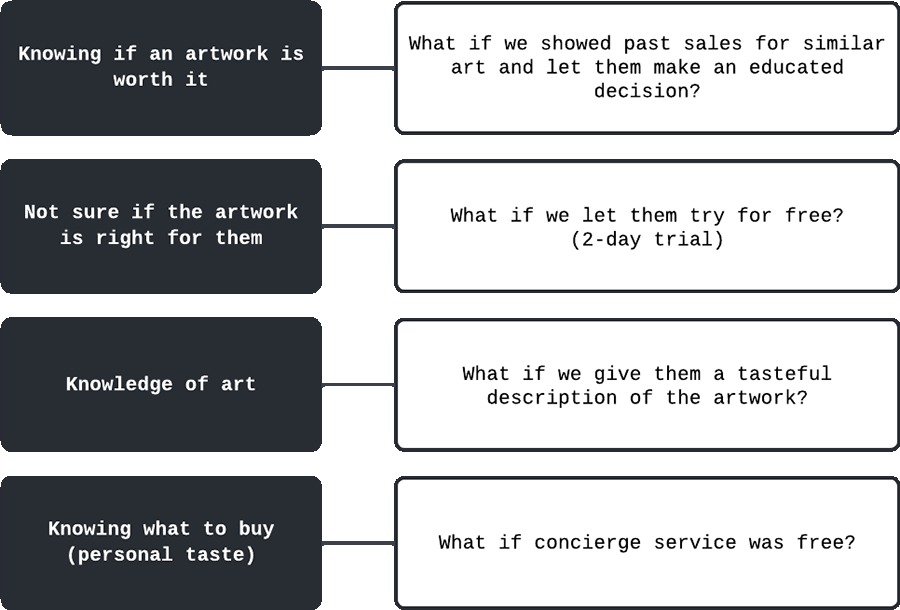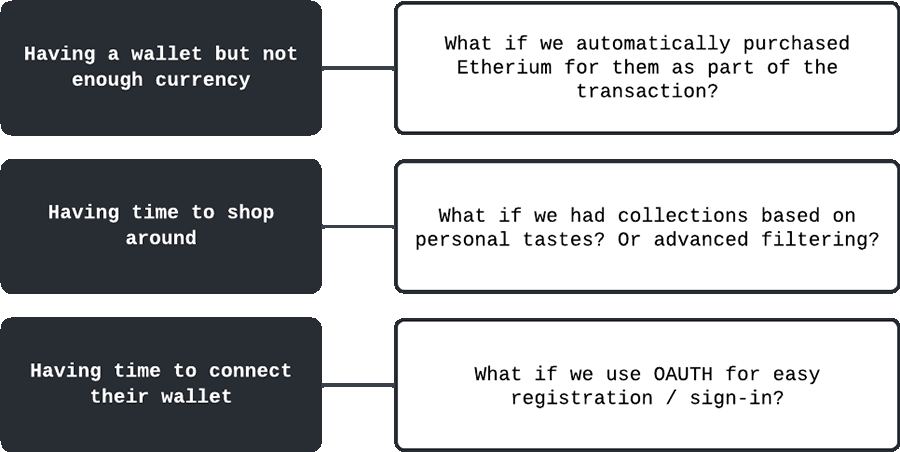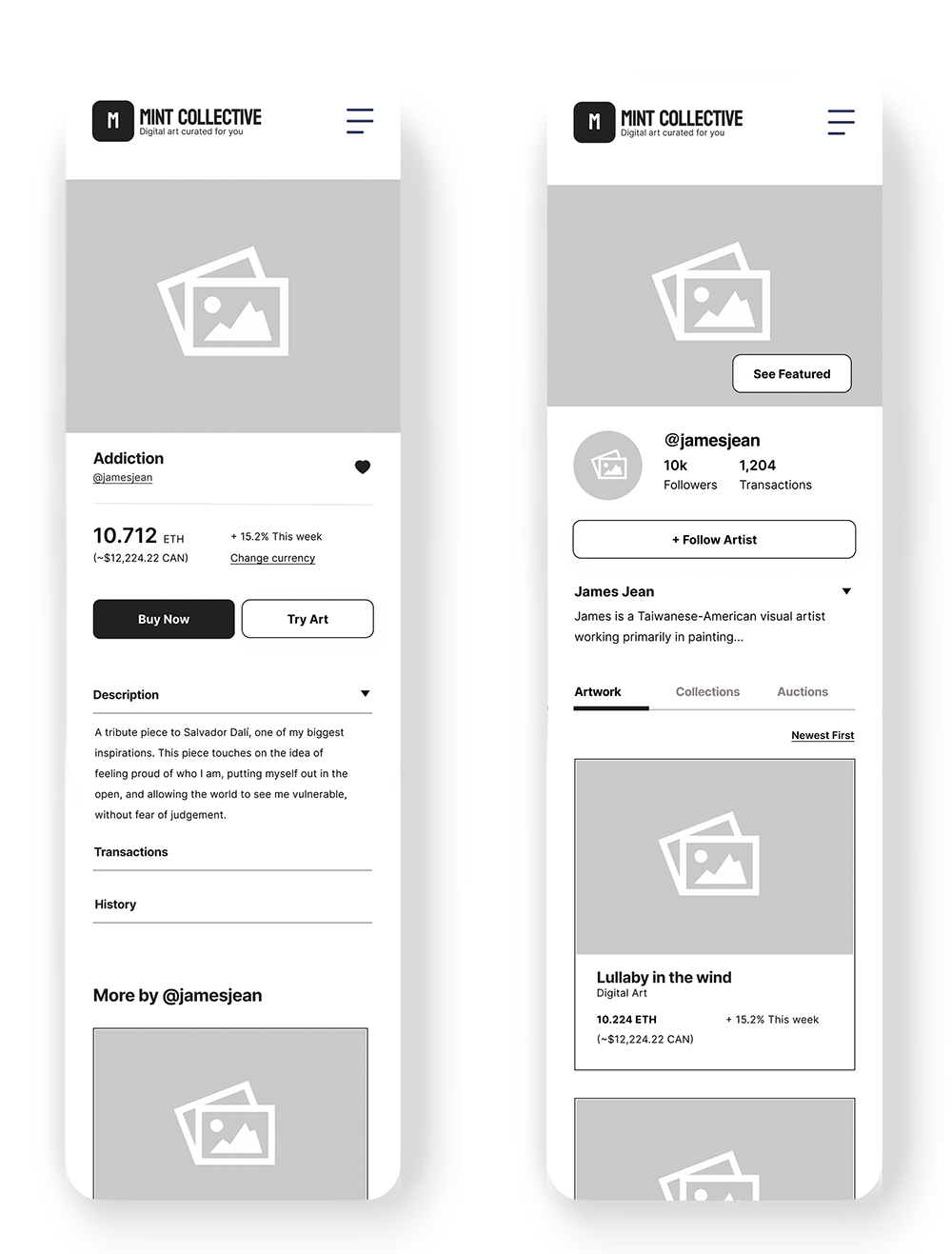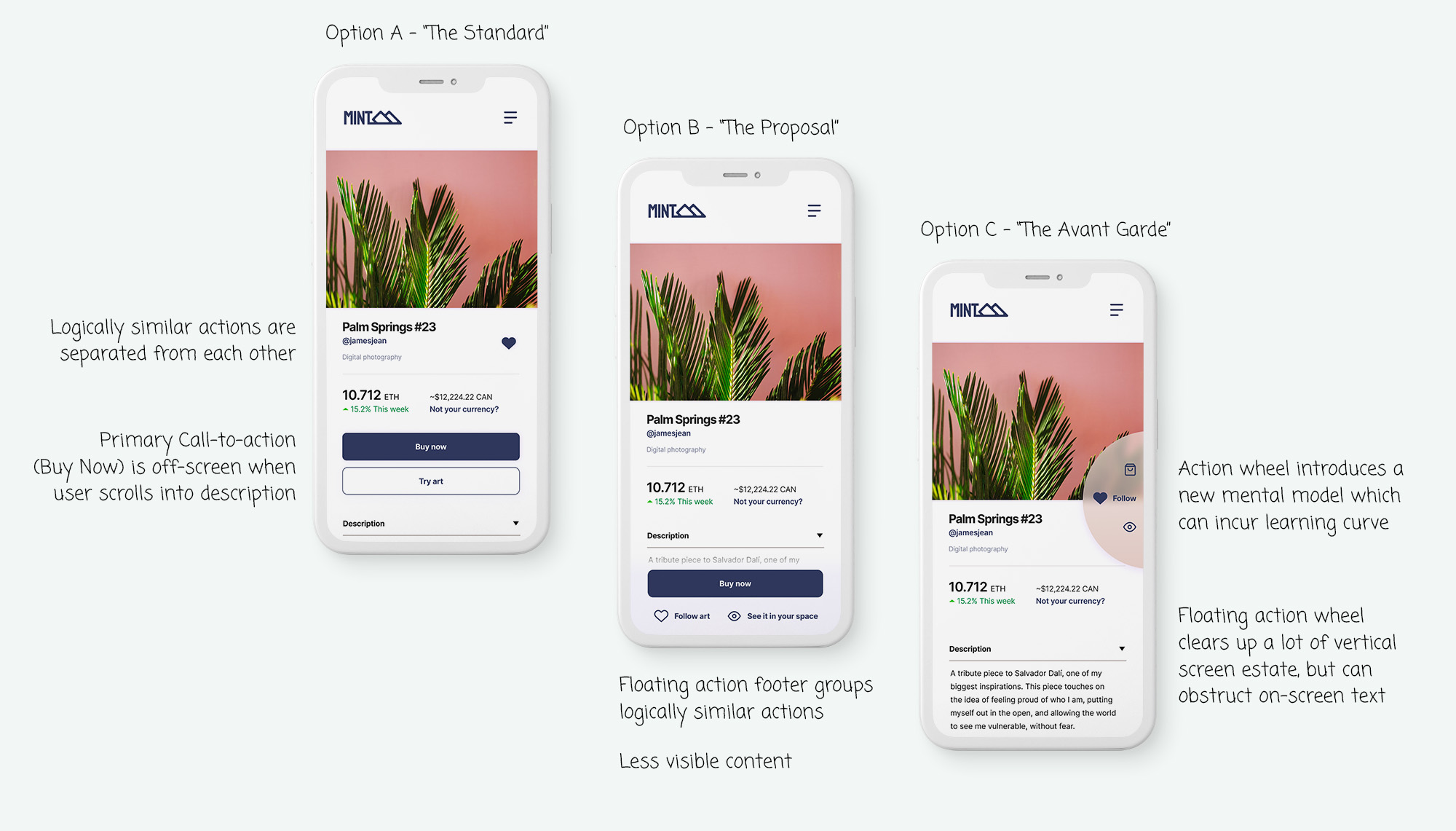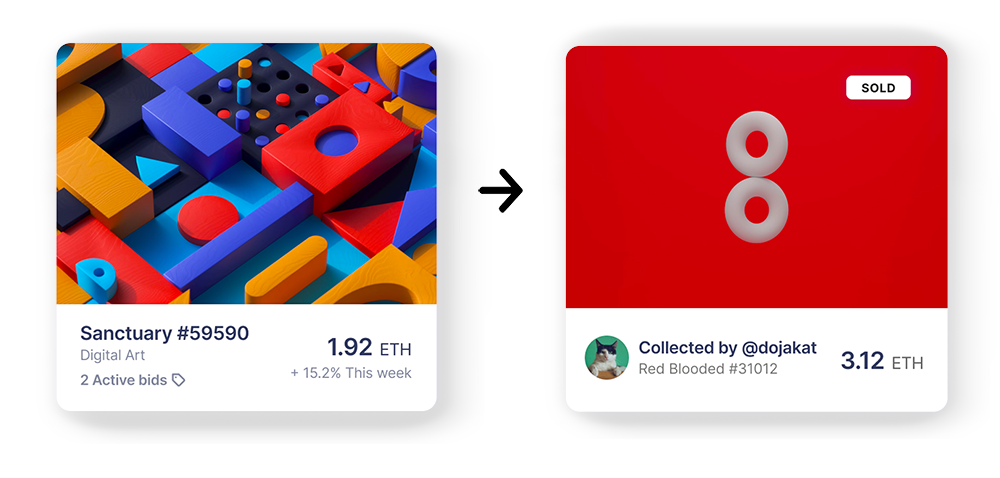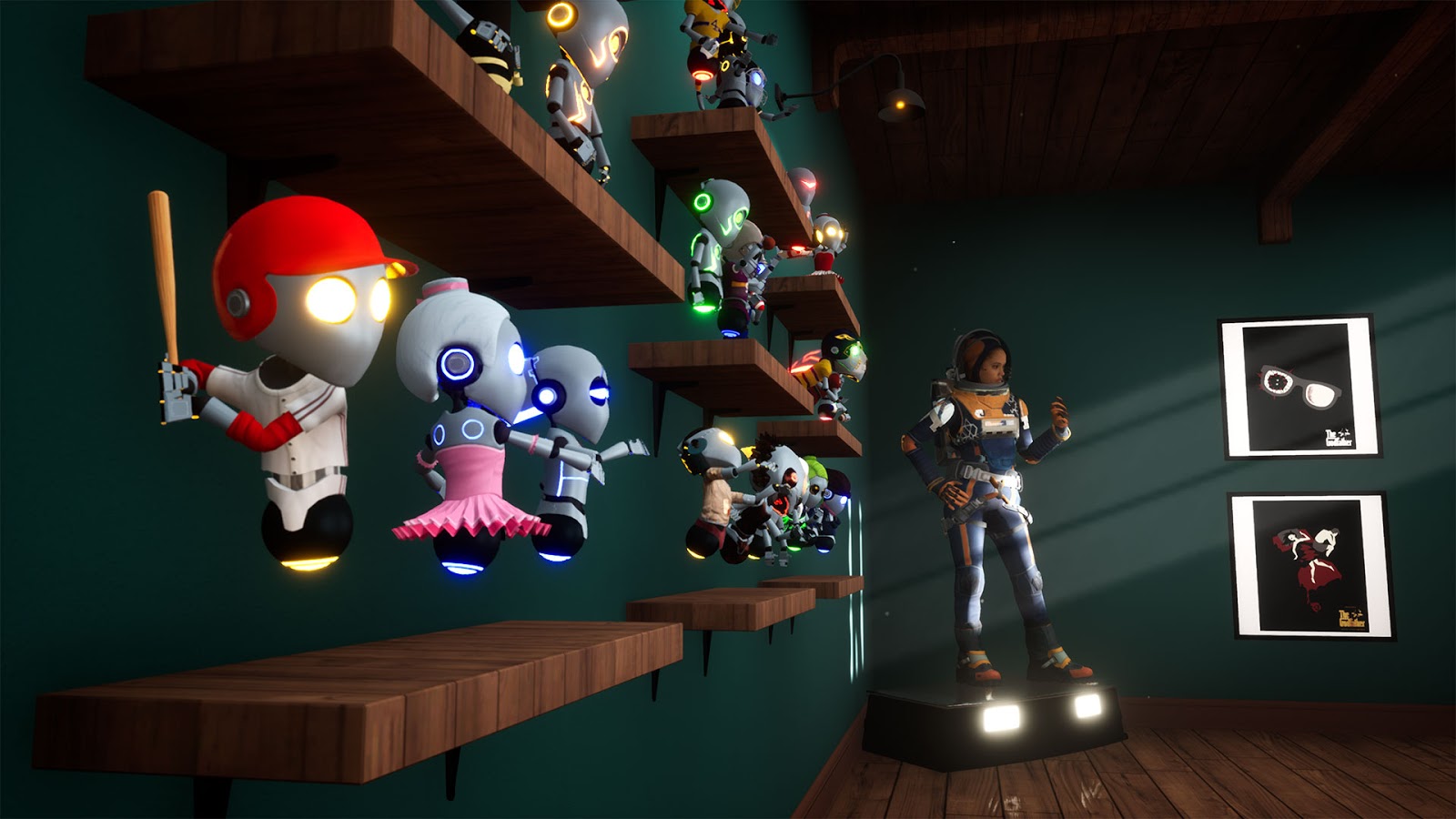The challenge
Reducing friction to art and NFT ownership
To identify our problems, we first needed to figure out how people buy/sell art and NFTs.
Our high-level plan was:
- Determine if fine art NFTs have value in current markets
- Determine the points of friction between users and fine art NFTs.
- Ideate on possible ways we can reduce said friction.
- Test and validate our solution.
My role
I led the research efforts, by identifying key questions, and conducting insightful interviews. As
product manager, I outlined the product vision and set clear goals and priorities. As product
designer, I finalized wireframes and validated design decisions using quantitative data.
Afterward, my partner took charge of the style guide and logo. I took those and started high-fidelity
prototyping.
The timeline was 8 weeks (cumulative)
Discovery
People buy art online to decorate their homes
We found that 84% of all fine art purchases are online. Note that this does not mean that the online
purchases were all digital art. Physical mediums count as well. The most popular digital medium is
digital illustration, followed by photography. 3d and pixel art were also popular.

84% Buy art exclusively online

84% Buy art to furnish home

67% Frustrated with number of options
Buying art is frustrating
Next, it was important to understand the user goals and pain points. What are the driving forces
behind
purchases? A whopping 84% buy art with the intention of furnishing their home. The biggest pains of
buying
online art are as follows:
💡 Too many options available
💡 Difficult finding a quality printer
💡 Difficult finding a cost-effective framer
To give you a ballpark estimate: framing can cost $200 for a small photograph, $700 for a large one.
Mixed-media pieces average around $800-1000.
The data illustrate trends, which will be helpful in guiding future prioritization exercises. The
next
piece of the puzzle? Empathize with users and learn how the art world works by talking to
industry experts.
The future of NFT is in fine art
Earlier I said who you ask is important. Would you trust an art expert who didn't work in the field?
Someone whose livelihood isn't affected by the state of art? You probably wouldn't.
Would you heed the skepticism of someone who's never purchased cryptocurrency? You probably
wouldn't. Sure, mass opinions are good for identifying
trends. But to get to the core of the solution, you'll need people waist-deep in the water.
Art curator
Christopher Vacchio
Vacchio graduated Dartmouth with a degree in Art History. He currently works at Pace Gallery,
which has their own NFT platform Pace
Verso. Vacchio specializes in art authentication, with
over ten years of industry experience.

Read full interview here.
💡 The Future of NFT is in unique art
“I think it's going to move away from the types of collectible, generative stuff that
we've
seen. I think the future is going to be things that are more artistically
unique.”
💡 Artists get paid for re-sales using blockchain tech
Since smart contracts define resale royalties, artists
continue to earn from their work. Authentication is the cornerstone to smart contracts. It's
built-in to the blockchain so art can be ✨automagically✨ verified.
💡 Artists get discovered online
Before the advent of TikTok and viral social media, exhibition records determined price.
Nowadays, an
artist can get discovered by social media, then get picked up by a mega gallery.
Art photographer
Chris Shintani
Shintani is a
commercial photographer by trade, and an NFT enthusiast. He's collaborated with fellow
artists to break into the NFT space.
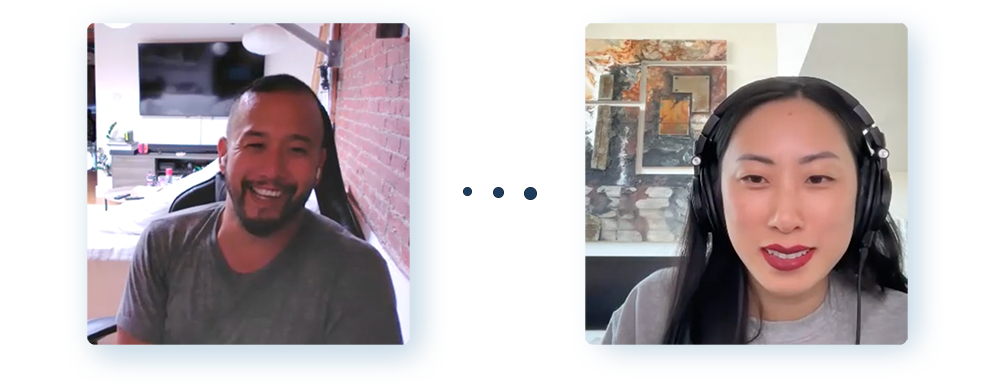
💡 Most platforms not tailored for Fine Art
Shintani aims to sell each piece for 3,000 - 10,000 USD.
Difficult to sell anything for over 3,000 USD unless you're on SuperRare.
💡 Market Volatility is a Huge Deterrent
Volatility introduces risk for artists trying to make a living off NFTs.
Challenging for artists to earn consistently from NFTs.
💡 SuperRare = Super long waitlist
It's got the longest waitlist for artists to begin selling on the platform. High
barrier to entry for emerging artists.

